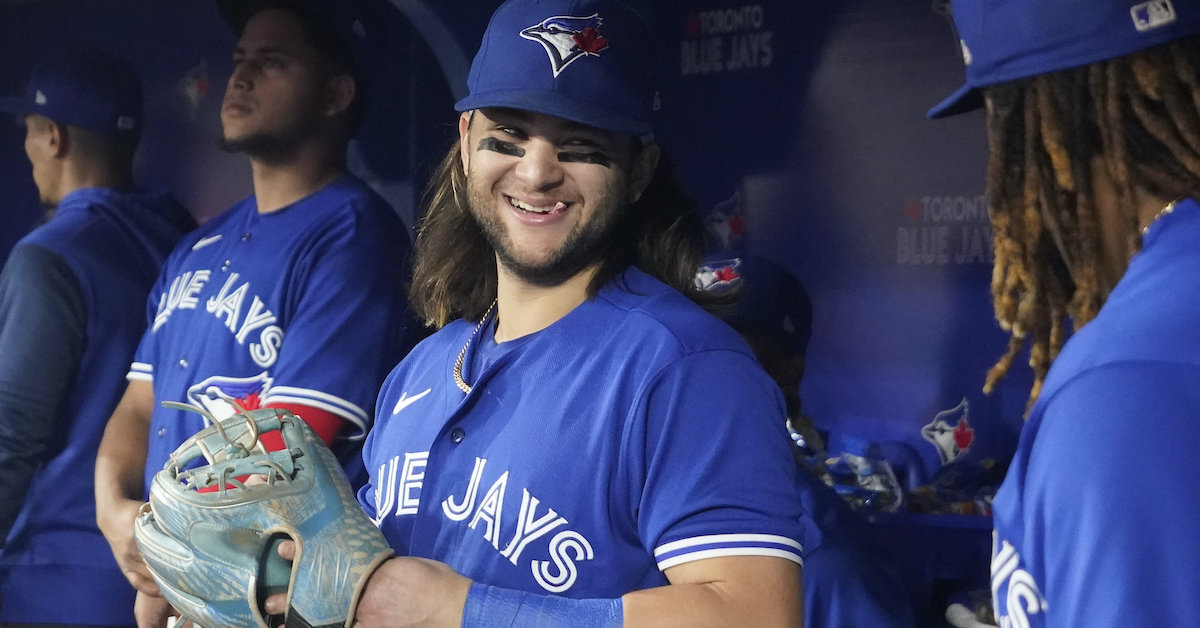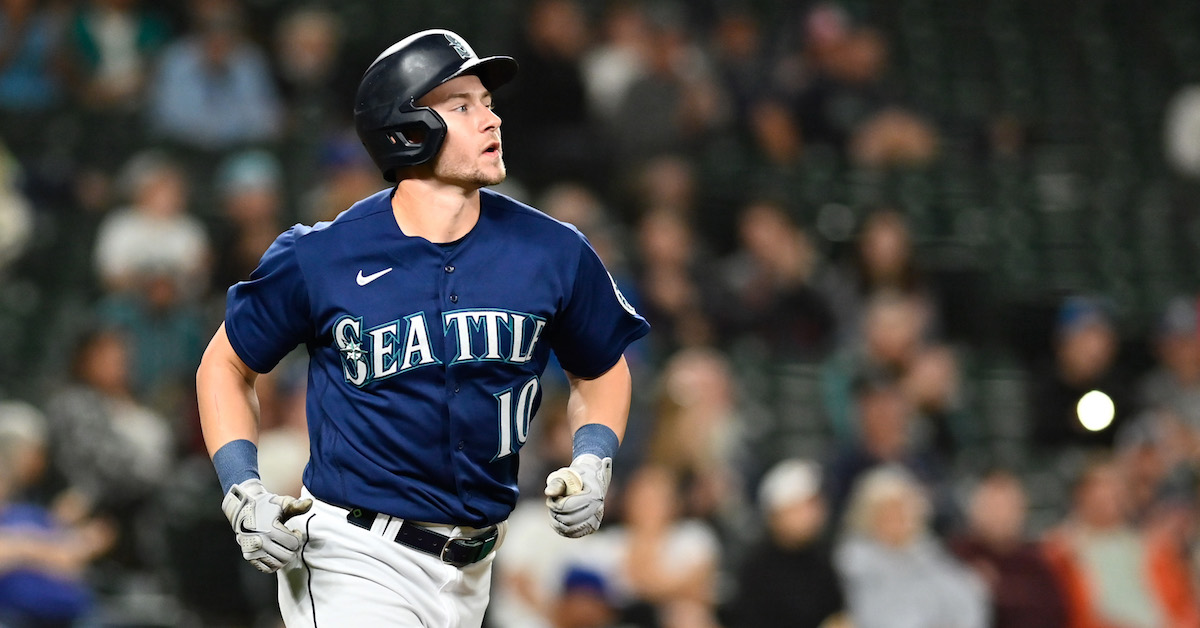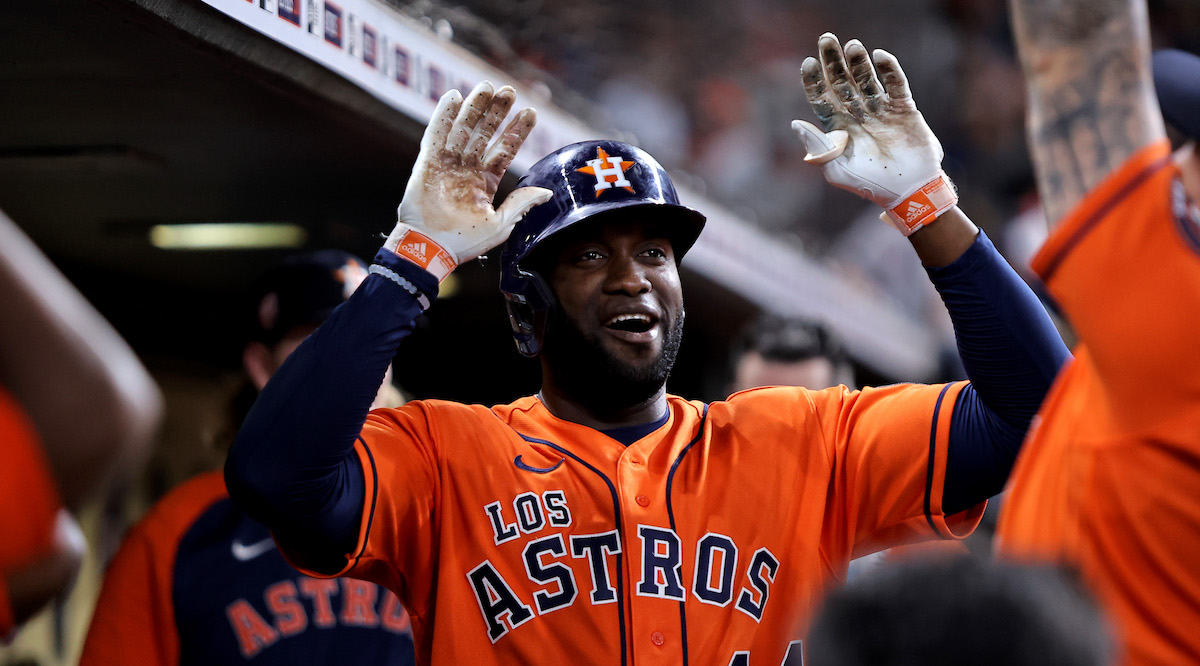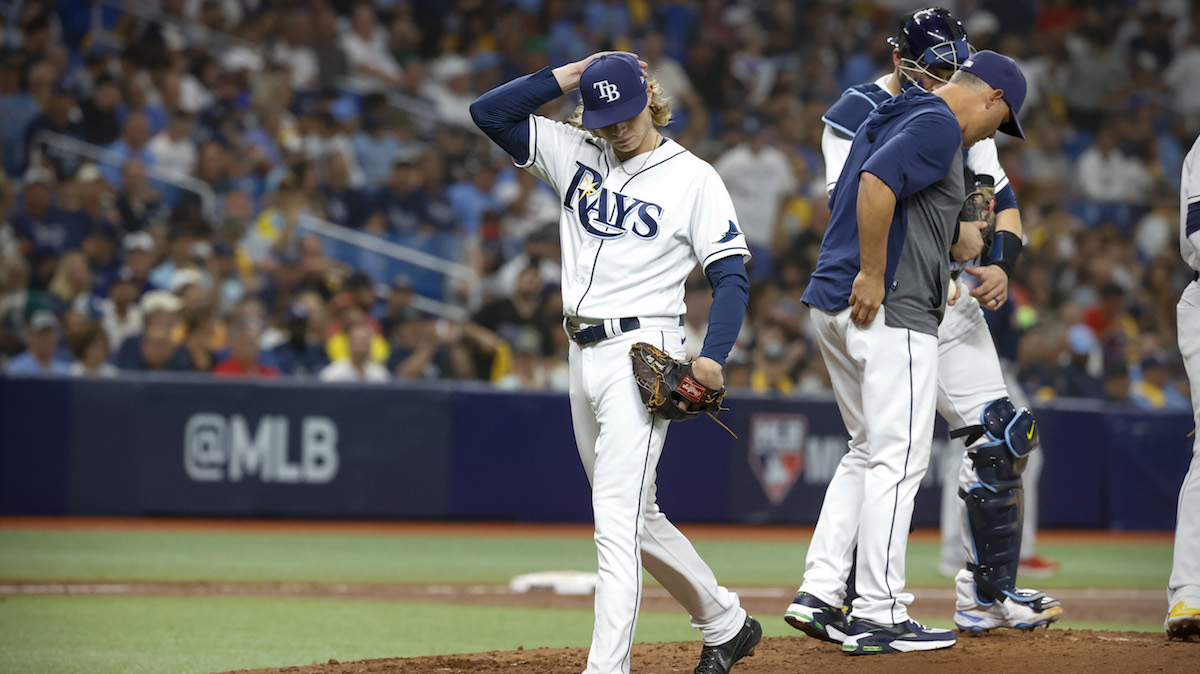Everything Goes to Plan for Mariners in Game 1 Shutout of Blue Jays

If there were an ideal blueprint for the Mariners’ first playoff game since 2001, it would have included dominant pitching, good defense, and just enough offense to come away with a win. They executed that plan to perfection on Friday afternoon, defeating the Blue Jays, 4–0, in the first game of their Wild Card Series matchup. Luis Castillo was in complete control over his 7.1 innings pitched, folk hero Cal Raleigh hit a two-run home run in the first inning, and Andrés Muñoz slammed the door in the ninth.
The formidable Blue Jays offense never threatened to break through against Seattle’s flame-throwing duo, who scattered seven hits throughout the game; Toronto’s only extra-base hit came with two outs in the ninth inning. A pair of two-out base hits put runners on first and second in the third and again in the fifth, but Castillo escaped those jams with ease.
It was a bit of an atypical start for the right-hander, who struck out just five Blue Jays, three of them coming in the seventh inning. Toronto’s batters had the fifth-lowest strikeout rate and the seventh-lowest chase rate in the majors this year; they’re a difficult bunch to whiff. Instead of mowing down the opposition with swings and misses, Castillo pitched to the edges of the strike zone, content to let opposing batters reach for pitches. The result: tons of weak contact. He allowed 22 balls to be put in play with an average exit velocity of just 82.6 mph and only six registering as hard hit.
All that weak contact allowed Castillo to be efficient with his pitch count: He never threw more than 20 pitches in a single frame and cruised into the eighth inning. He ended up throwing 108 pitches in the game, 30% of which were called or swinging strikes. Plunking George Springer in a 1–2 count with one out in the eighth proved to be Castillo’s end, but Muñoz entered and retired Bo Bichette and Vladimir Guerrero Jr. en route to a five-out save. His only blemish was a two-out double by Matt Chapman in the ninth. Read the rest of this entry »









